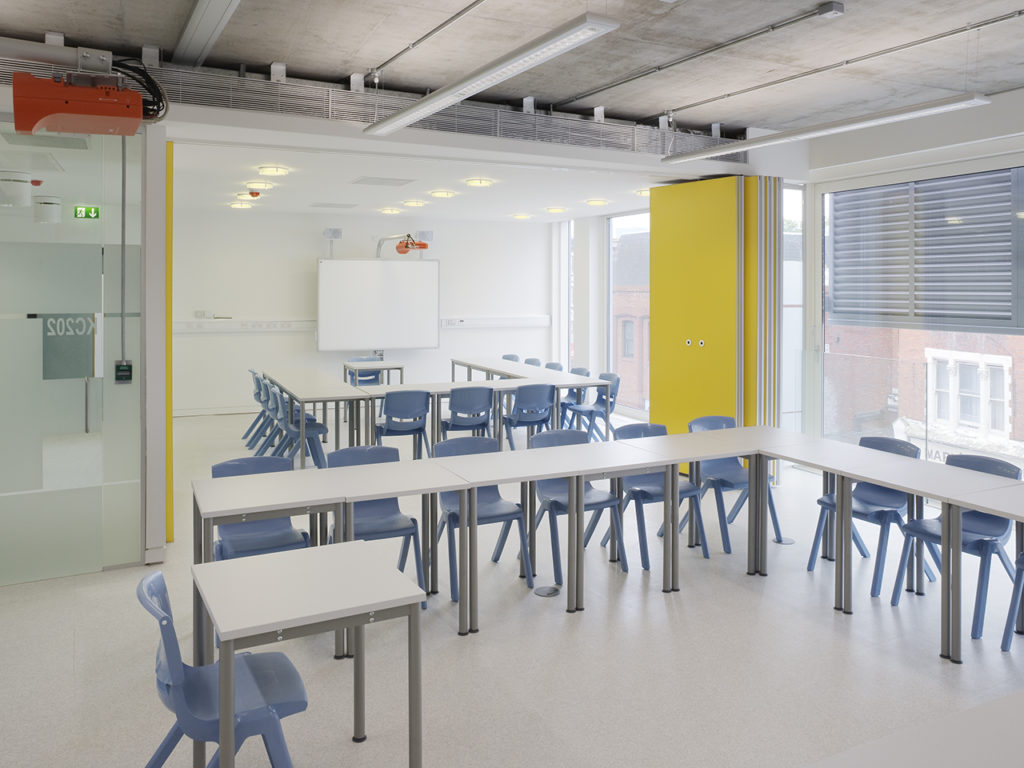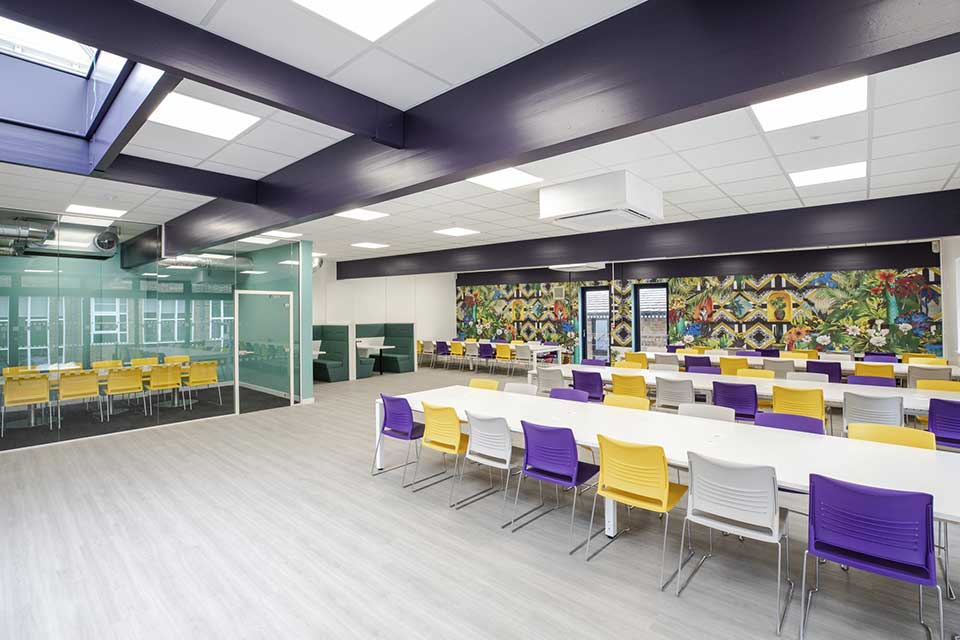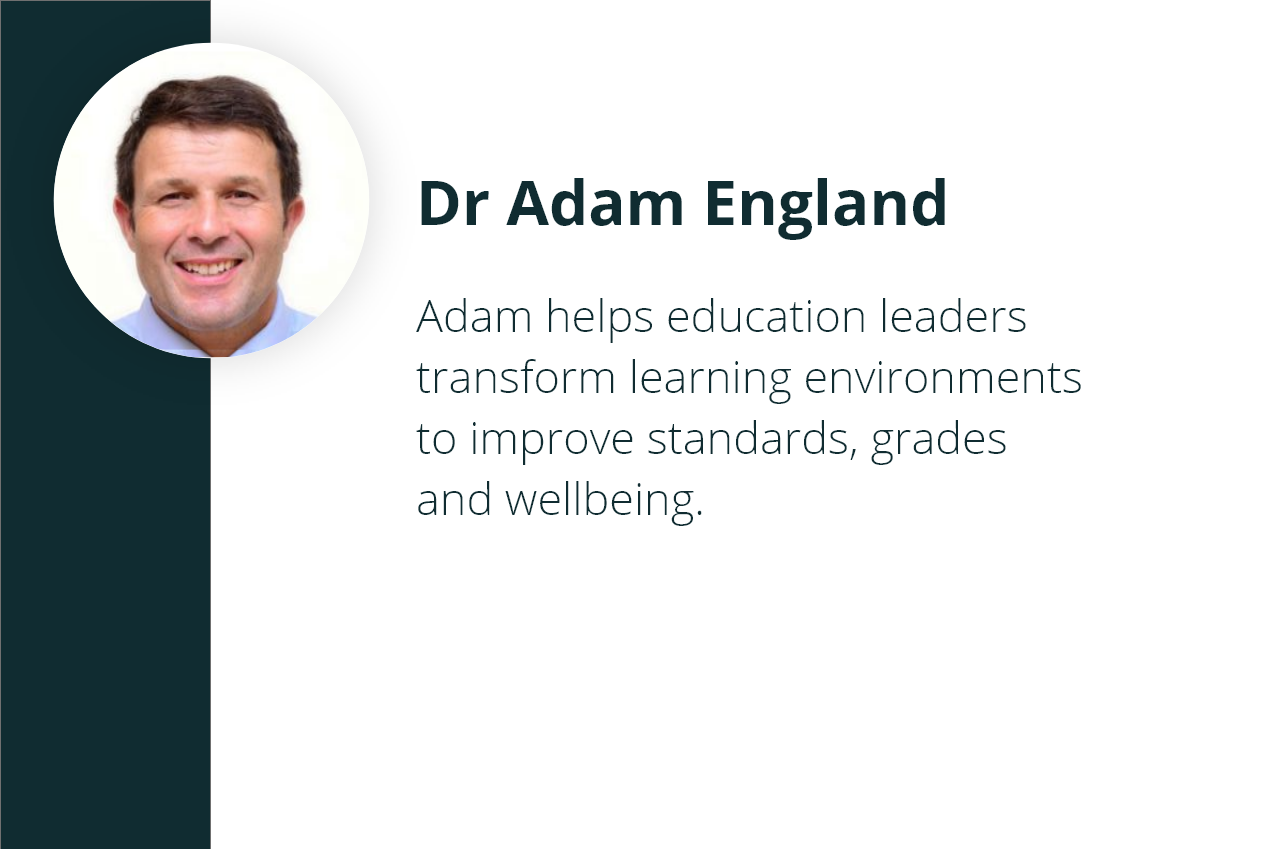Improving STEAM Spaces

What Is STEAM And Why Is It Important?
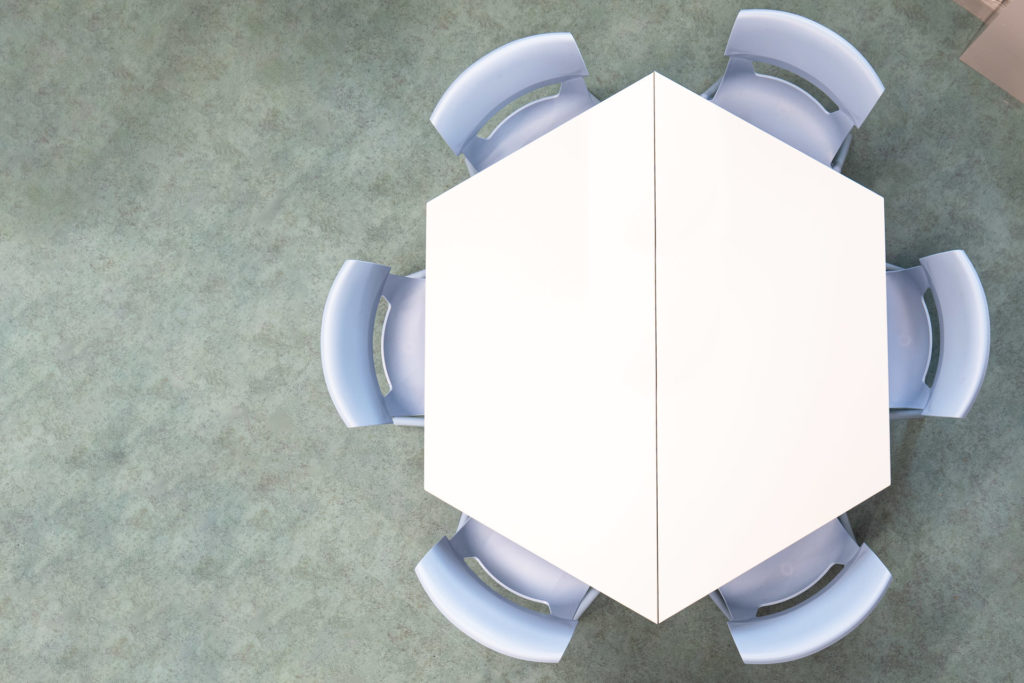
How Can We Make The Best STEAM Space In Our School?
Students need to be intellectually curious and their learning environments should encourage and support their abilities. Multi-use classroom layouts should promote discussion or solo working that directly stems from questions from students and are guided by the teacher. Links can be drawn between different subjects to show that they feed into each other to strengthen belief about their own abilities and how to arrive at answers. Efficient and up-to-date technology will give students the confidence to search online for research methods to support their findings.
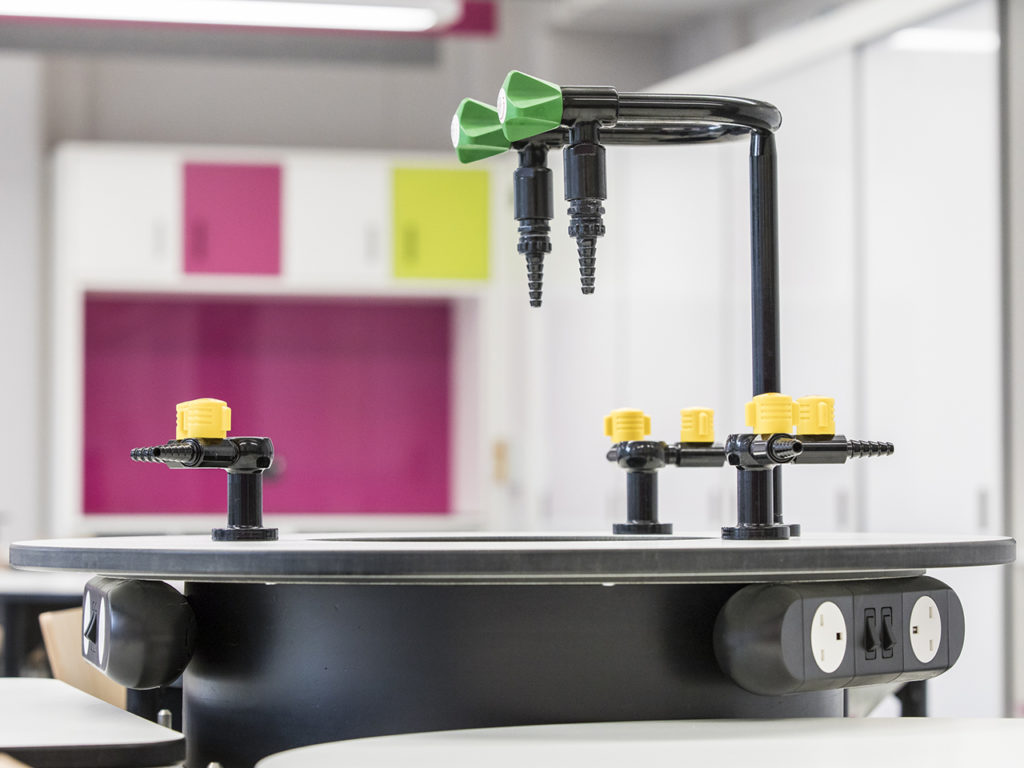
What Does A STEAM Space Actually Look Like?
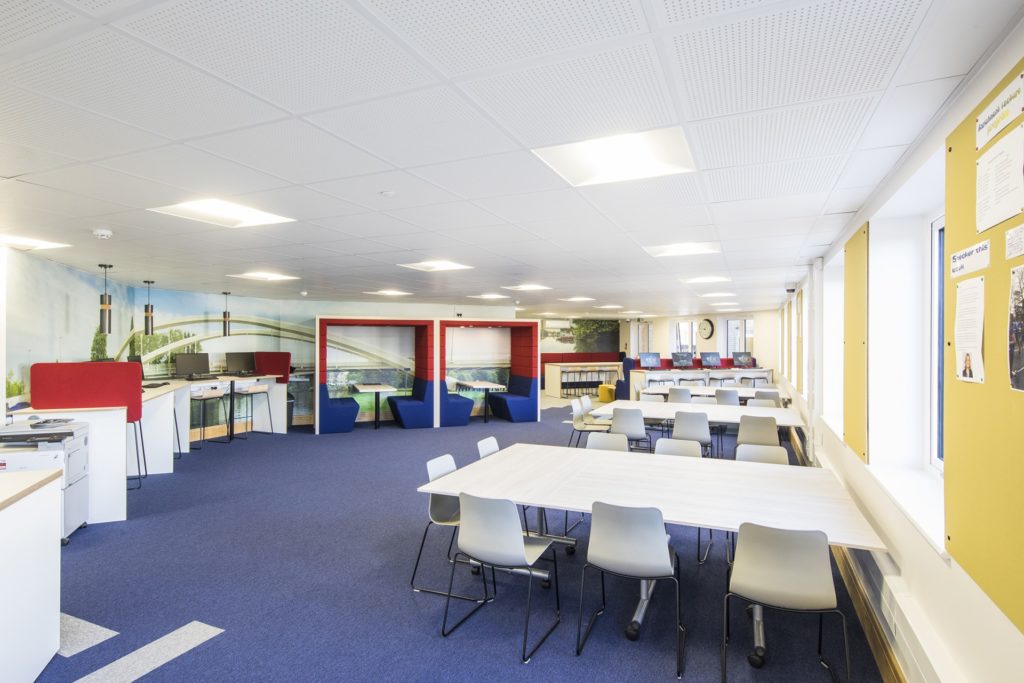
STEAM Layouts – The Subjects
